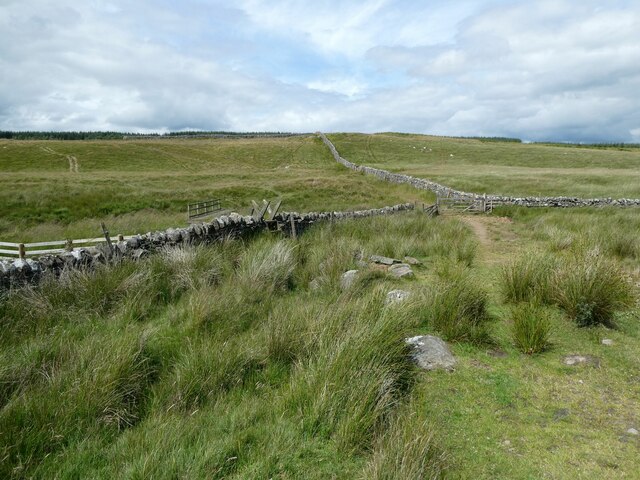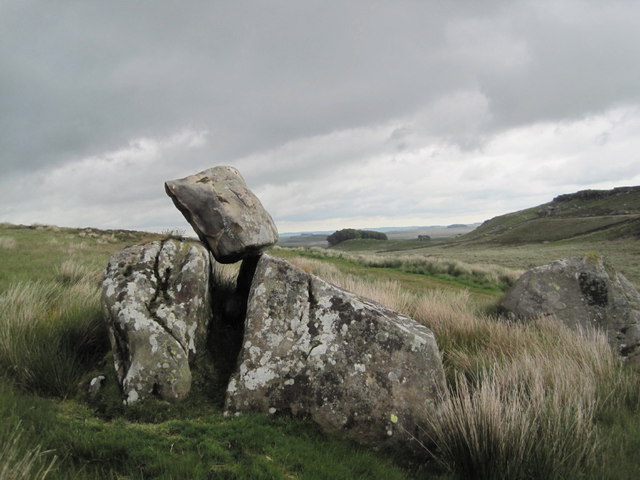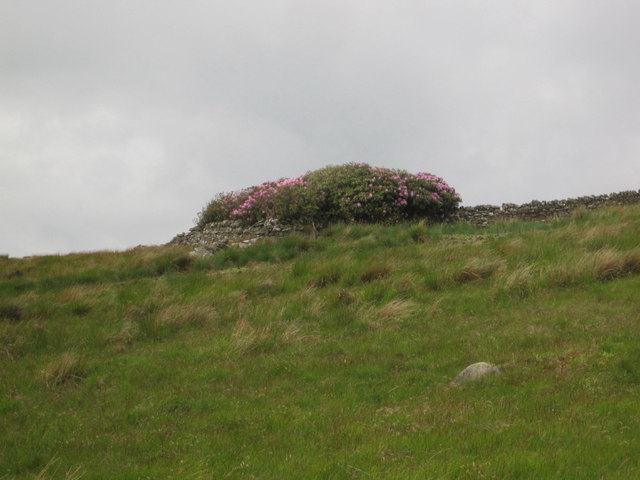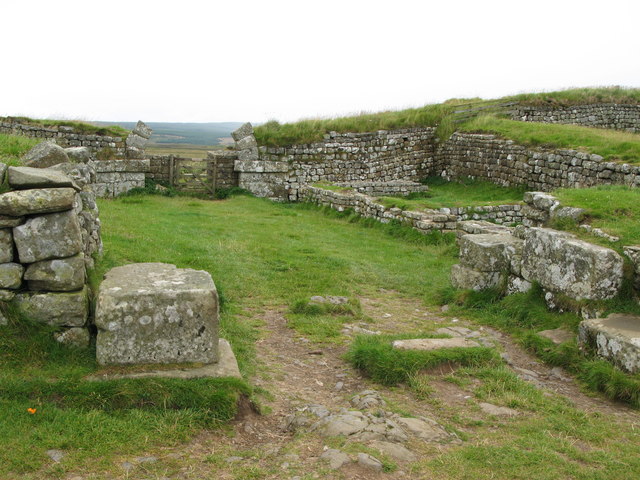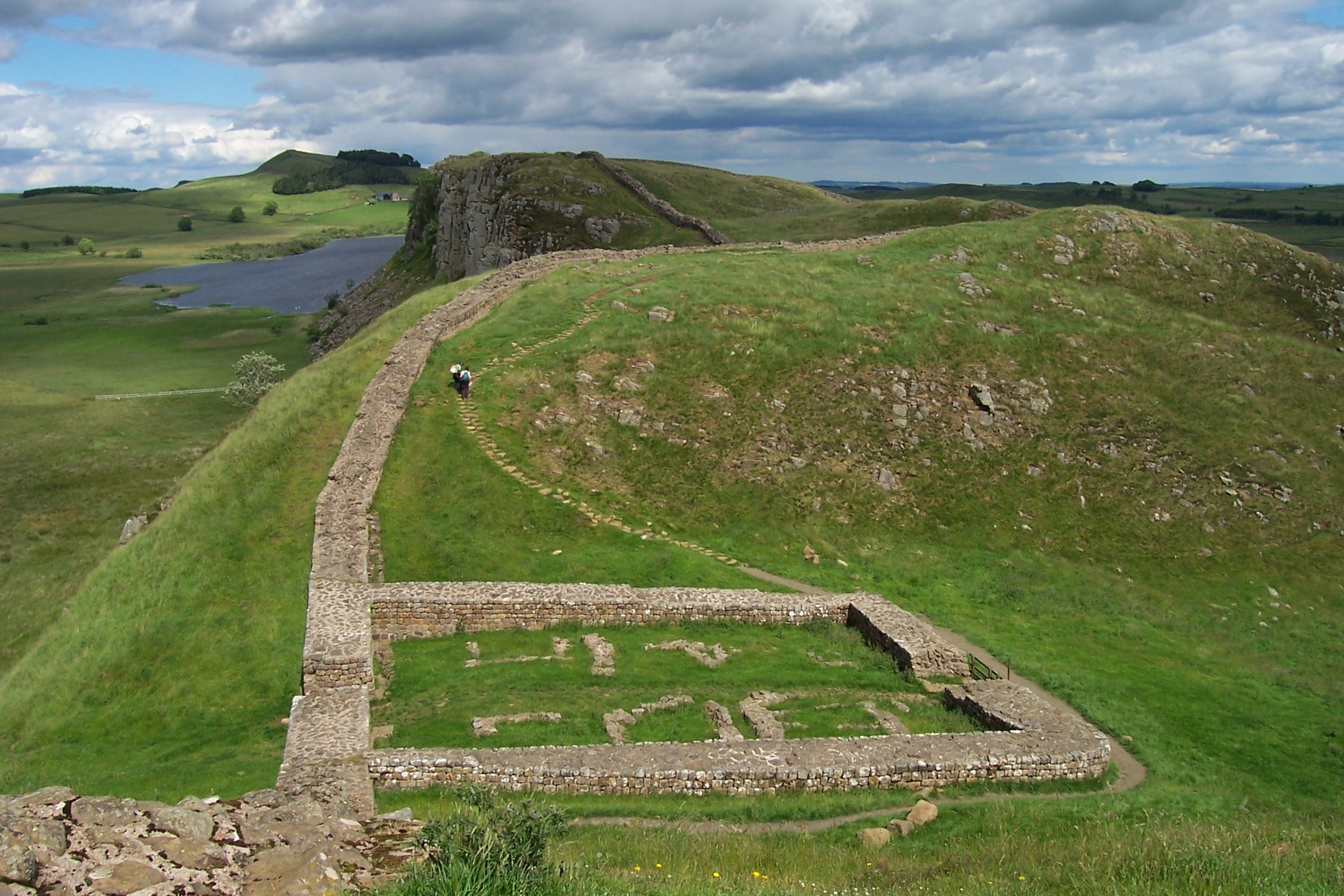Bardon Mill
Civil Parish in Northumberland
England
Bardon Mill

Bardon Mill is a civil parish located in the county of Northumberland, England. Situated in the Tyne Valley, it lies approximately 4 miles to the east of Hexham and is surrounded by stunning countryside and picturesque landscapes. The parish covers an area of about 24 square kilometers and is home to a population of around 1,000 residents.
The village of Bardon Mill itself is a small, close-knit community with a rich history dating back centuries. It is perhaps best known for its proximity to the Roman fort of Vindolanda, which attracts a significant number of tourists each year. The fort, located on Hadrian's Wall, offers visitors a glimpse into Roman life with its well-preserved ruins and fascinating artifacts.
In addition to its historical significance, Bardon Mill is also renowned for its natural beauty. The surrounding area offers numerous opportunities for outdoor activities, such as walking, cycling, and birdwatching. The village is located near the North Pennines Area of Outstanding Natural Beauty, providing residents and visitors with breathtaking views and tranquil surroundings.
The parish of Bardon Mill is well-served by local amenities, including a primary school, a post office, a village shop, and a pub. The community spirit is strong, with various clubs and societies offering opportunities for social engagement and participation.
Overall, Bardon Mill is a charming and vibrant civil parish, offering a perfect blend of history, natural beauty, and community spirit.
If you have any feedback on the listing, please let us know in the comments section below.
Bardon Mill Images
Images are sourced within 2km of 55.013184/-2.349625 or Grid Reference NY7768. Thanks to Geograph Open Source API. All images are credited.


Bardon Mill is located at Grid Ref: NY7768 (Lat: 55.013184, Lng: -2.349625)
Unitary Authority: Northumberland
Police Authority: Northumbria
What 3 Words
///intrigues.scaffold.newly. Near Bardon Mill, Northumberland
Nearby Locations
Related Wikis
Milecastle 37
Milecastle 37 is one of the milecastles on Hadrian's Wall. It is immediately west of the Housesteads Roman Fort (grid reference NY78506869). == Description... ==
Milecastle 38
Milecastle 38 (Hotbank) was a milecastle on Hadrian's Wall in the vicinity of Hotbank Farm, (grid reference NY77276813). It is notable for the joint inscription...
Housesteads Roman Fort
Housesteads Roman Fort is the remains of an auxiliary fort on Hadrian's Wall, at Housesteads, Northumberland, England, south of Broomlee Lough. The fort...
Crag Lough
Crag Lough is an inland lake at the southern edge of Northumberland National Park, 2.5 miles (4.0 km) north of Bardon Mill, and 0.5 miles (0.8 km) north...
Knag Burn Gateway
The Knag Burn Gateway is a gateway which was built into Hadrian's Wall some time after construction of the wall itself, generally acknowledged to be during...
Broomlee Lough
Broomlee Lough is an inland lake in Northumberland, England at the southern edge of Northumberland National Park. The lough lies immediately north of the...
Sycamore Gap Tree
The Sycamore Gap Tree or Robin Hood Tree was a sycamore tree standing next to Hadrian's Wall near Crag Lough in Northumberland, England. It was located...
Milecastle 39
Milecastle 39 (Castle Nick) is a milecastle on Hadrian's Wall (grid reference NY76066773). == Description == Milecastle 39 is located northeast of Once...
Nearby Amenities
Located within 500m of 55.013184,-2.349625Have you been to Bardon Mill?
Leave your review of Bardon Mill below (or comments, questions and feedback).






